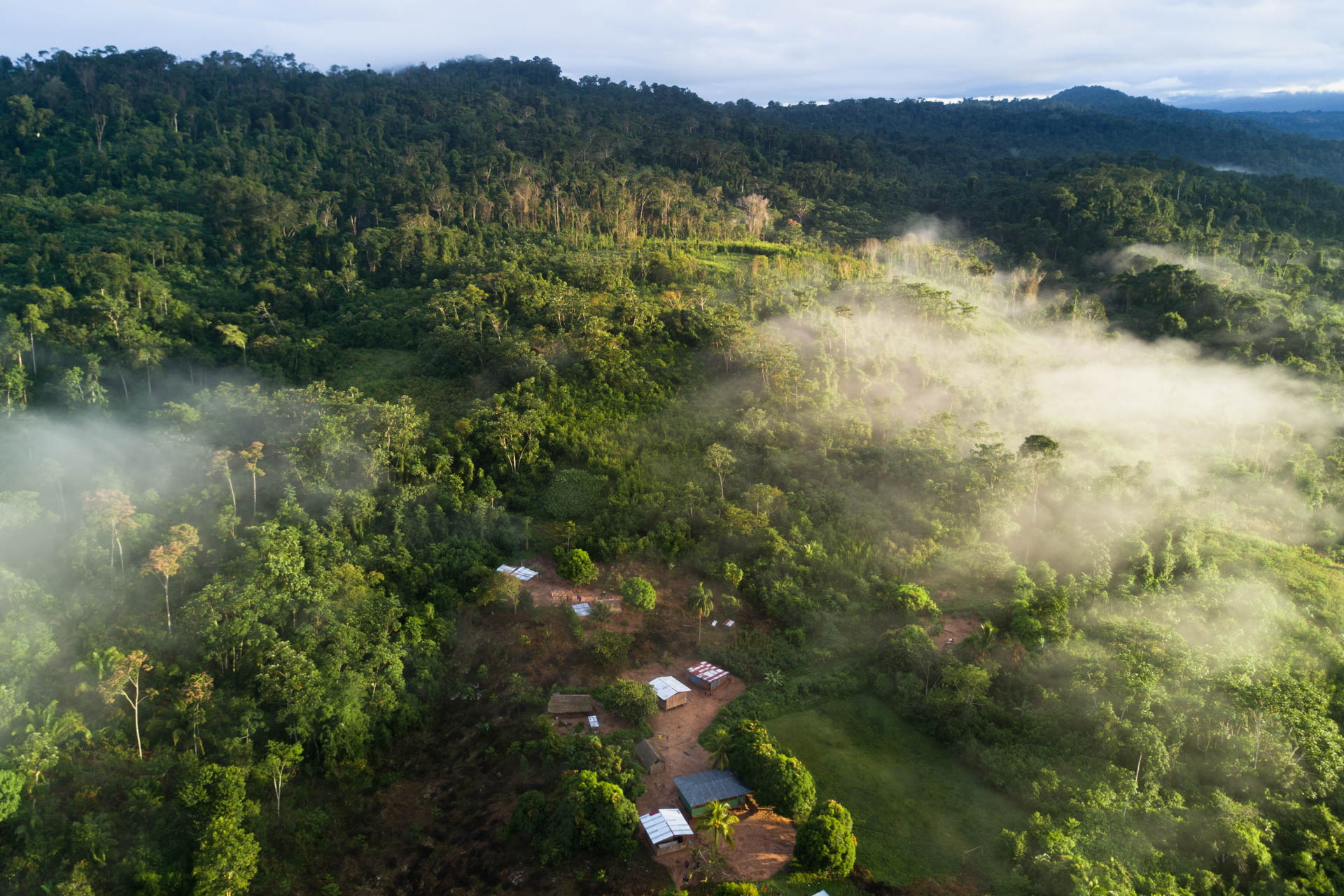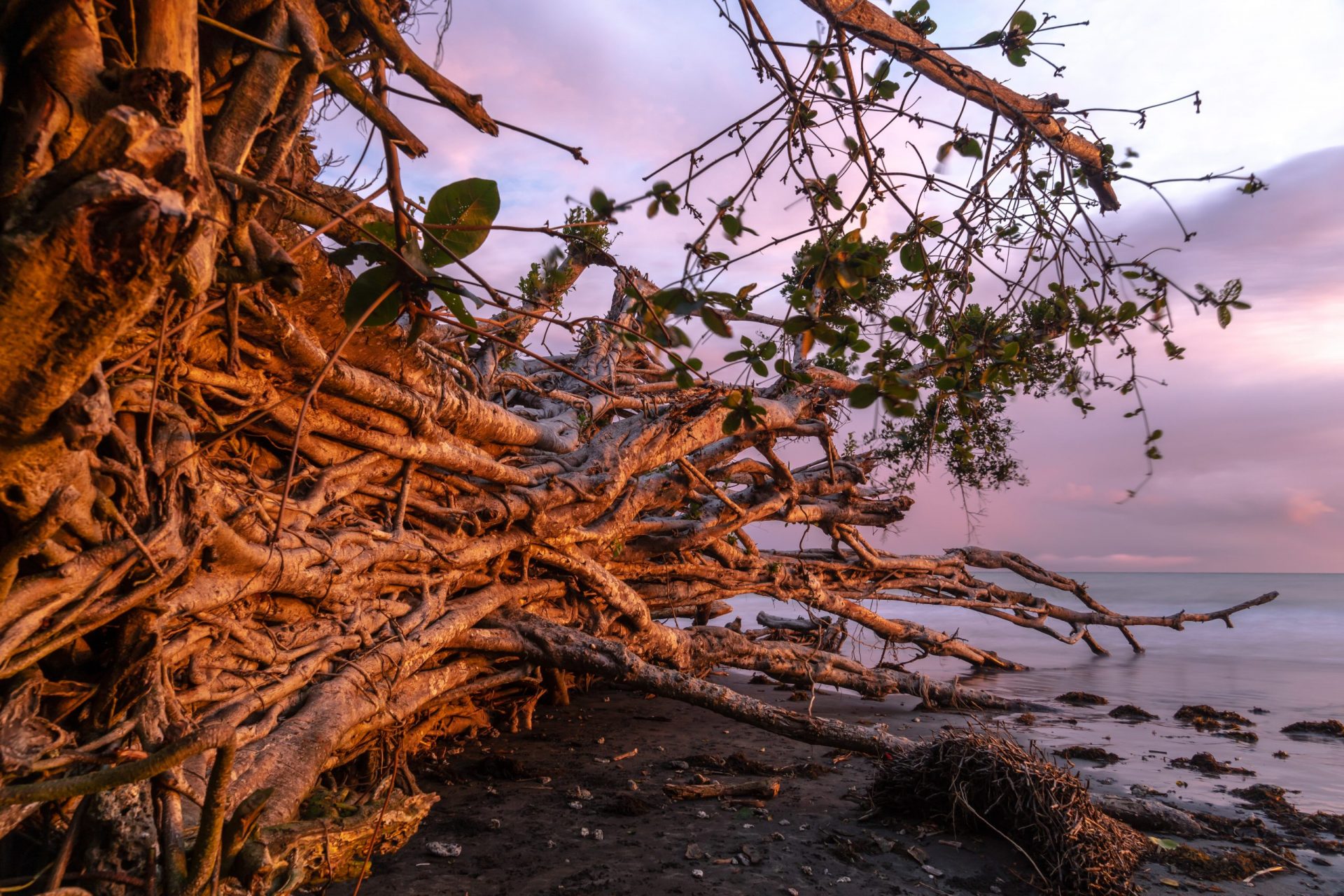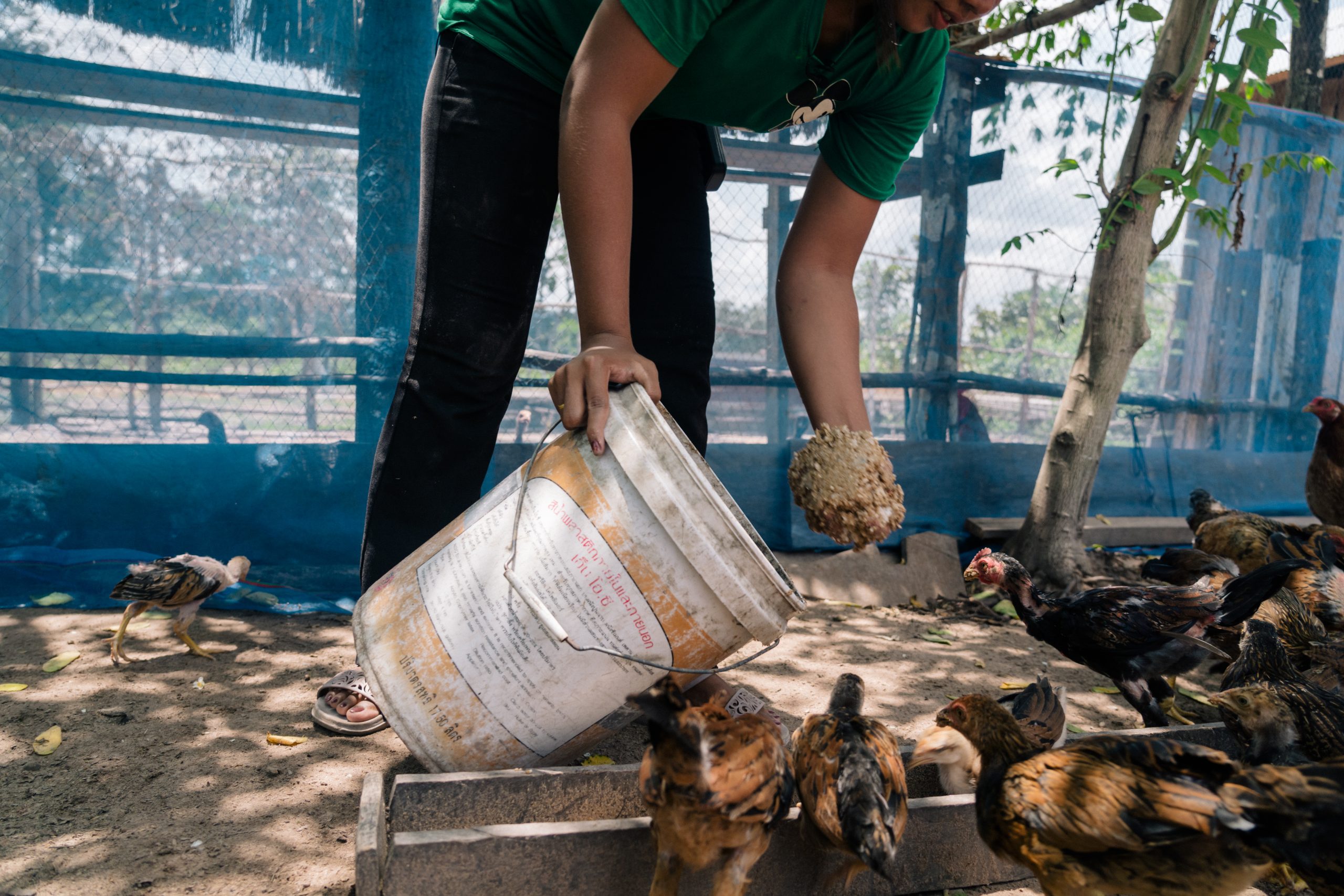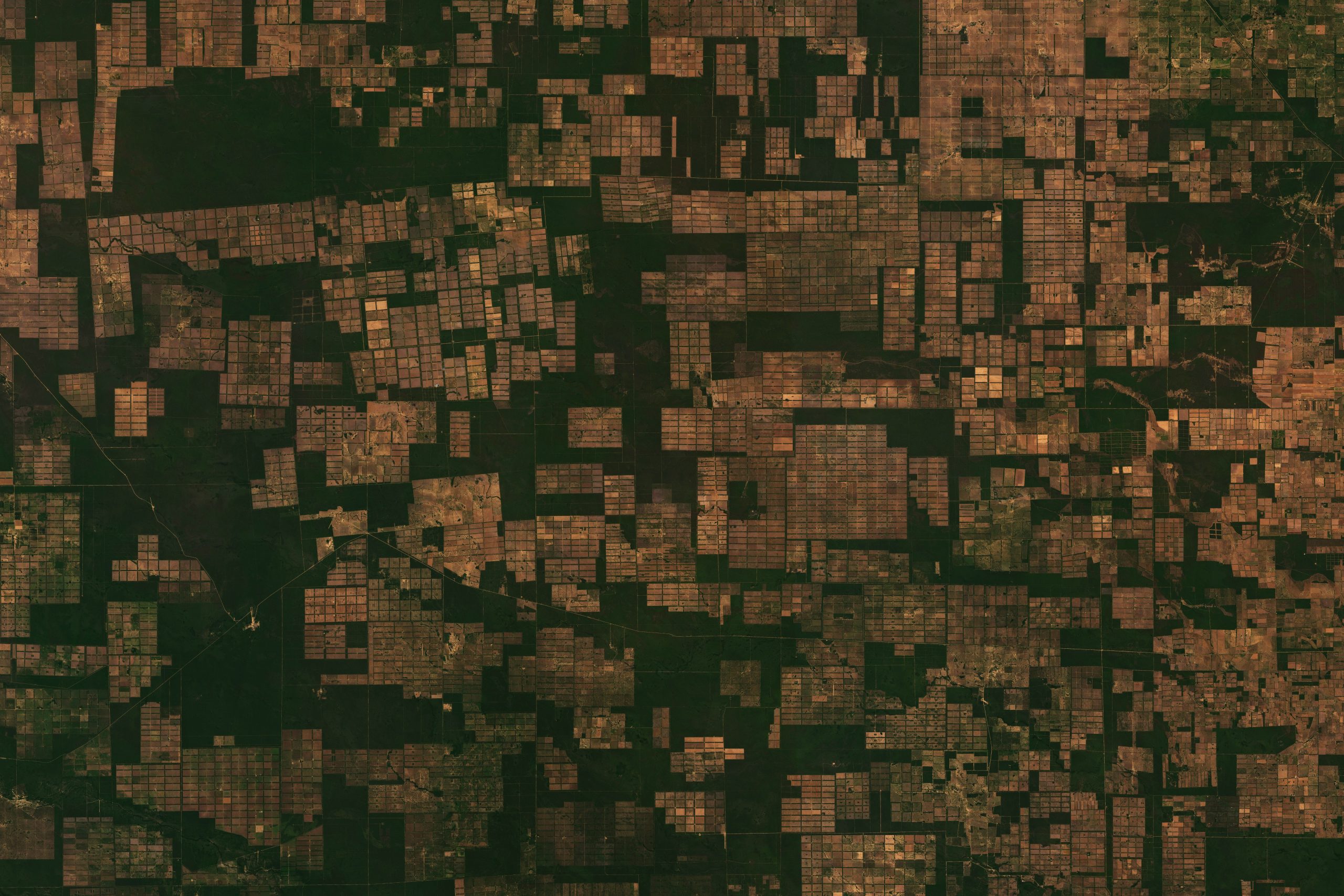There is just one constant in how we work, and that’s people.
Looking for a step-by-step approach on how rainforest is protected? There isn’t one.
We work with people living in remote rainforest, where infrastructure can be minimal and conditions are vastly different from forest to forest. There is no one-size-fits-all approach. The Peruvian Amazon is not like the Congo rainforest, and the Congo rainforest bears no resemblance to rainforest in Sololo, Papua New Guinea. Threats vary too. One minute it’s colonialists, then extractive industries, a global pandemic, wildfires and more. Relentless right?
There’s no formula to rainforest protection, but if there’s one thing we do well, we listen. We listen to people living in rainforest and work in partnership with indigenous leaders and in-country NGOs to get your cash to the people best placed to spend it.
You may still be asking – what exactly do we do?
We give cash to people and projects in rainforest. Simple.
When cash is paired with traditional knowledge, it funds radical solutions – be it beehives, solar farms or satellites in space – it all protects rainforest.
We employ great trust in the people we believe in to do the right thing with your donations.
With a rainforest protection track record spanning thousands of years, we have no reason to think otherwise.




